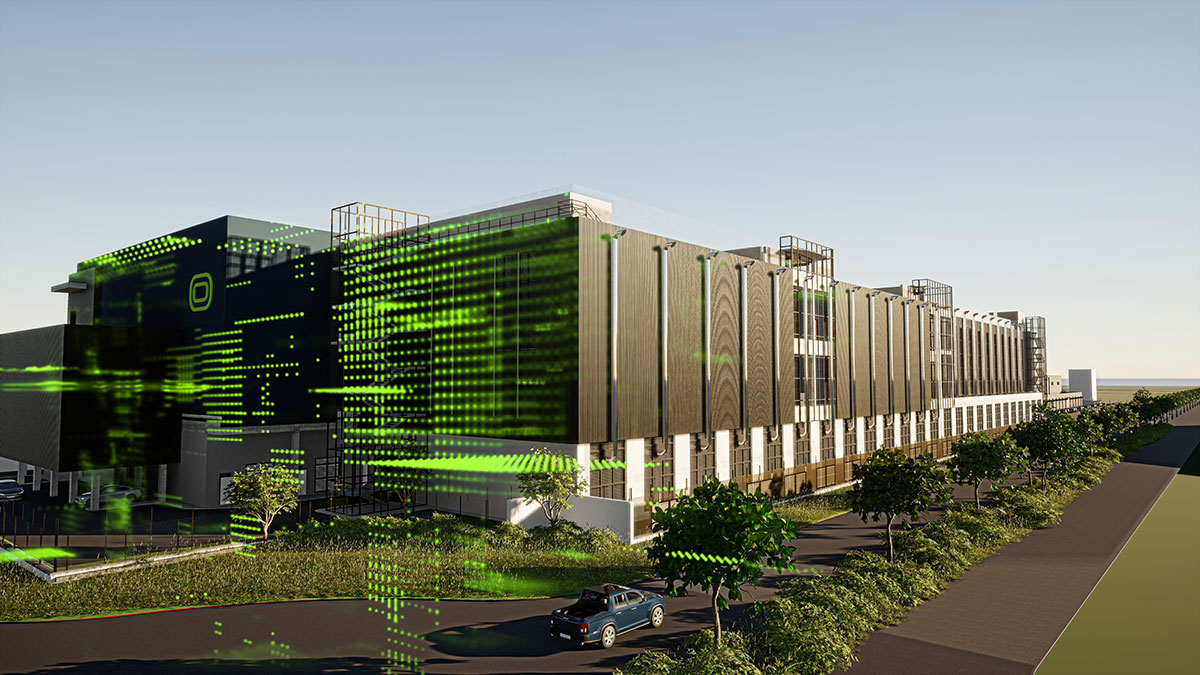🌍 Why Location Matters for SD-WAN | The Case for Cloud Hubs at Peering Exchanges 🚀
 Ronald Bartels
Ronald Bartels
Traditionally, enterprise networks used a model where all branches connected back to a head office for internet access and inter-branch communication. This made sense when applications were hosted on on-premises servers at HQ.
❌ But today, with the rise of cloud computing ☁️ and SaaS apps 📊, this design is inefficient and outdated.
✅ Fusion’s SD-WAN architecture solves this by placing cloud hubs at major internet peering exchanges 🌐, such as NAP Africa, rather than routing everything through a corporate headquarters. This ensures:
💨 Lower latency
🔗 Better connectivity
🔄 Improved resiliency
🏢 The Problem with Traditional Head Office Hubs
In a conventional network design:
🔁 All branch traffic is backhauled to the head office before being routed to its final destination.
⏳ This creates an unnecessary extra hop, adding latency 🐌 and network congestion 🚦.
💥 If the head office experiences an outage ⚠️, the entire network may go down.
This approach no longer makes sense because:
Most apps today are cloud-hosted ☁️—direct cloud access is needed!
Remote work 💻 has changed traffic patterns—employees don’t need to go through HQ.
Peering exchanges 🌍 are the true core of the internet, not corporate data centres.
🔑 Why Peering Exchange Hubs Are the Future
1️⃣ Direct Access to the Cloud ☁️
Large peering exchanges like NAP Africa, LINX, and Equinix are where hyperscalers, ISPs, and content providers interconnect. Hosting an SD-WAN hub here ensures:
🚀 Faster branch-to-cloud access
📡 Direct peering with cloud services
🔄 No reliance on head office for traffic routing
2️⃣ Eliminating the Single Point of Failure ❌🔄
A head office cannot be a reliable core for an entire enterprise because:
⚡ Limited ISP redundancy vs. carrier-neutral exchanges.
⚡ Lacks direct cloud peering 🌍 available at major exchanges.
⚡ An HQ outage 🛑 disrupts all branches.
A cloud hub in a peering exchange ✅ ensures branches stay online even if HQ goes down.
3️⃣ Scalability & Performance 🚀📈
💡 HQ networks aren’t designed for massive WAN aggregation.
💡 Peering exchange hubs scale better with carrier-neutral infrastructure.
💡 Multiple cloud hubs across different regions ensure optimal traffic steering.
🏢 The Head Office Becomes Just Another Branch 🏠
🔹 In Fusion’s SD-WAN model, the head office is no longer the network’s core—it’s just another site like any other branch.
🔹 Branches communicate directly via the nearest SD-WAN hub rather than routing through HQ.
🔹 Failover and redundancy 🔄 are built into the SD-WAN fabric.
🔹 Performance improves 💨 because traffic follows the shortest, most efficient path.
✨ Wrap | SD-WAN Hubs at Peering Exchanges Are the Future 🔮
✅ The head office hub-and-spoke model is outdated ❌—it creates latency and a single point of failure.
✅ Cloud peering exchanges are the true "epicentre" of internet traffic 🌍—they provide direct, high-speed access to all cloud providers and ISPs.
✅ Fusion’s SD-WAN eliminates unnecessary hops 🚀, reduces latency 🏎️, and improves uptime 🔄 by treating the head office as just another branch.
🔥 The bottom line? In an SD-WAN world, location matters. If your traffic takes inefficient routes, your network performance suffers. A cloud hub at a major peering exchange is the only way to build an efficient, scalable, and resilient network. 💪🌐
Subscribe to my newsletter
Read articles from Ronald Bartels directly inside your inbox. Subscribe to the newsletter, and don't miss out.
Written by

Ronald Bartels
Ronald Bartels
Driving SD-WAN Adoption in South Africa